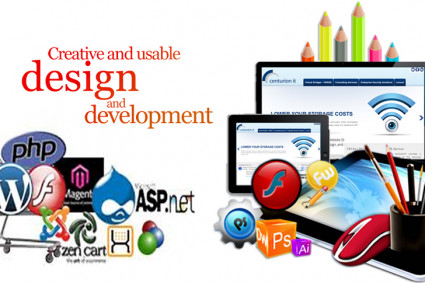
Webinar Capabilities: Presentations Meet Interactivity
Webinars center around structured presentations from hosts conveying insightful messages, product updates or impact training modules to engaged audiences. Live polling, Q&A sessions and post-event surveys also gather key feedback. Typically webinars follow one-way communication flows, with content and messaging streaming from hosts outward rather than equal share conversations.
From marketing product launches to employee relations events and customer trainings, webinar sessions place presenters in the spotlight conveying valuable information viewers absorb through attentive viewing and listening focused solely on the central speaker and supporting visual aids. Audiences tend to be larger given the presentation format which accommodates higher volumes easily. Webinars also allow for complete sessions to be recorded then accessed on-demand post event.
Video Conferences Focus on Real-Time Dialogue
In contrast, video conferences prioritize free flowing, often impromptu back-and-forth conversations between all participants regardless of specific roles. Rather than defined presenters lecturing outward, everyone contributes equally in order to brainstorm ideas, evaluate options, make group decisions and complete collaborative work in real-time.
While video conferences sometimes involve light content sharing via screen views, the focal point remains fluid dialogue pushing projects forward through verbal exchanges versus information dump presentations. Given interactive needs, group sizes rarely exceed 10-15 maximum before unwieldy attempts managing cacophony. Recording is also less emphasized since in-the-moment conversations hold prime value.
Webinar Tech: Ease for All
Webinars minimize complex technology requirements for attendees, relying predominantly on simple internet connections for most viewers to stream sessions smoothly from any device with minimal friction. Providers leverage intuitive platforms requiring little specialized hardware or software skills, inviting wider less tech savvy audiences comfortably. Even organizations lacking extensive information technology resources can execute highly polished webinars matching competitors.
Video Conference Tech: More Involved
Video meetings often expect participants to download proprietary apps, test computer configurations, check webcam/microphone capabilities pre-session, and occasionally leverage room-based systems with greater equipment needs than simple laptops alone. While essential for enabling quality real-time interactions, extra steps do decrease some accessibility for the less tech adept. Organizations also require heightened network and infrastructure capabilities supporting flawless video conference executions.
Webinars: Lead Generation and Promotion
Registration gates widespread with webinars allow capturing attendee details for lead nurturing initiatives after events conclude. As influential marketing tools, webinars also support promoting products, initiatives or brand positions to broad external audiences, given the presenter-driven format focused primarily outward on conveying key messages for absorption.
Communication flows linearly versus conference collaboration. Precisely because webinars broadcast efficiently on larger scales, organizations utilize their far reach for promotions beyond just internal private team discussions. Expert-led trainings also build goodwill with audiences appreciating valuable content delivered freely through webinars.
Video conference : Internal Dialogue and Decisions
Alternatively, private video conferences center chiefly on enabling leadership strategy alignment, project team collaboration, employee relations check-ins and similar organizational priorities conducted fully internally. Tighter access controls ensure confidential company matters remain securely inside video conference channels. The emphasis stays on facilitating equal interactivity supporting defined goals.
While webinars prove uniquely useful broadcasting information widely through structured outward presentations, internally focused video meetings foster protected environments for sensitive verbal exchanges moving initiatives forward through vibrant multi-party conversations. Understanding situational advantages of each, savvy communicators intertwine suitable options achieving their aims.






